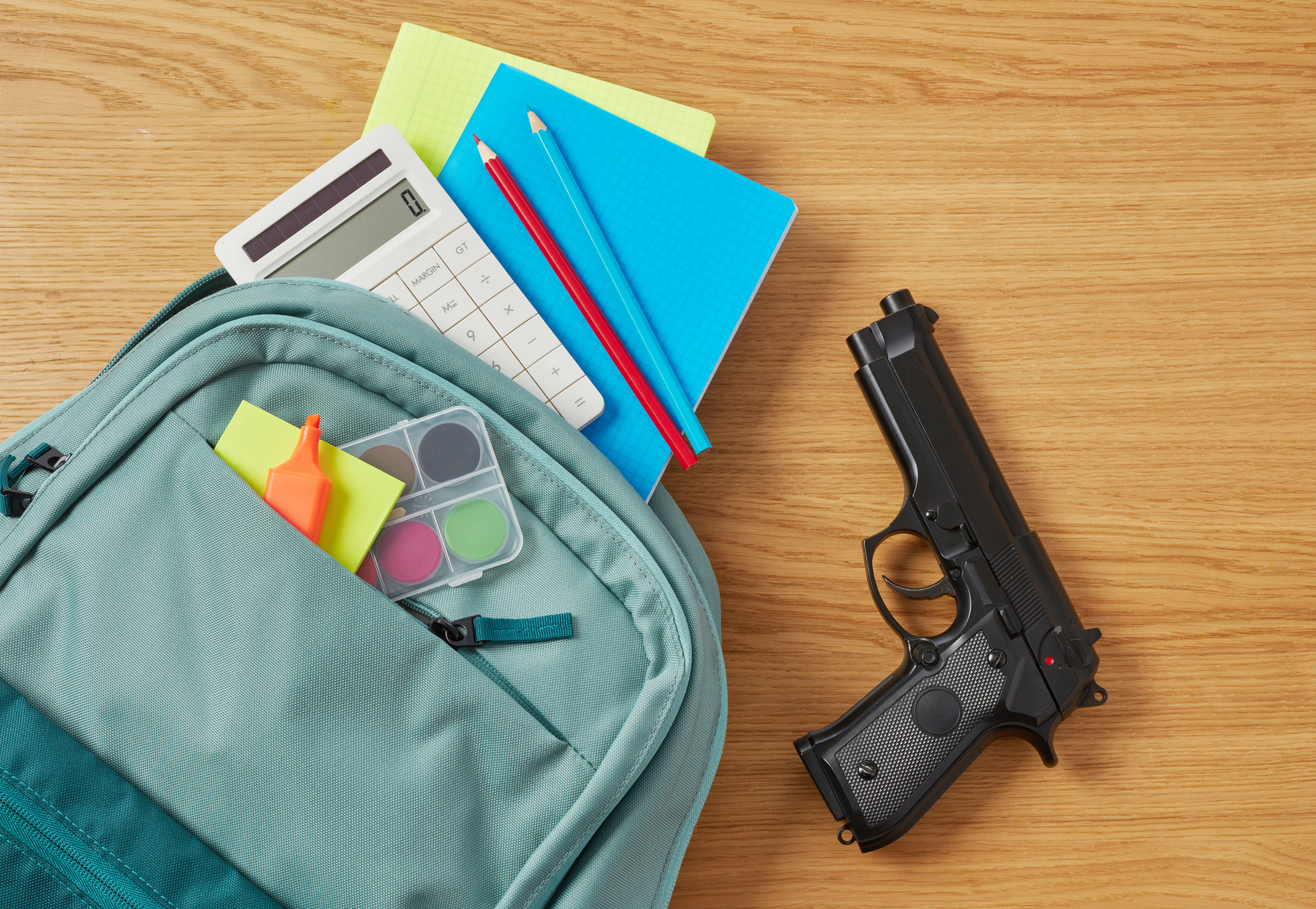A Touchdown for Religious Expression
In a win for religious conservatives, the U.S. Supreme Court ruled that a high-school football coach has a First Amendment right to pray at the 50-yard line following games. The court reversed a lower court’s determination that the coach’s employer, a public school district, could not permit his prayer because of the very same amendment.
The ruling highlights a conflict between First Amendment rights: the right to freely practice and express your religion in public and the right of others to be free from a state-established church. In this case, the court resolved this conflict in favor of an individual’s right to religious expression.
Kennedy v. Bremerton School District: the Facts
In 2015, Joseph Kennedy was an assistant football coach in a public school district in Bremerton, Washington. For eight years, he routinely offered prayers after games, often with players joining him. An opposing team’s coach contacted Kennedy’s principal and said that he thought it was “pretty cool” that the school permitted Kennedy to pray on the field. When it learned of Kennedy’s practice, the school district ordered him to stop.
Kennedy lawyered up and told the district that he planned to keep praying. And he did so after three following games.
In October 2015, the school district put Kennedy on paid administrative leave and forbade him from participating in the football program. In a letter explaining this disciplinary action, the school superintendent criticized Kennedy for engaging in public and demonstrative religious conduct while still on duty as an assistant coach.
When the season ended in November, the district gave Kennedy a poor performance evaluation and recommended that his contract not be renewed for the 2016 season. Kennedy sued.
Kennedy v. Bremerton School District: the Courts
Both lower courts sided with the school district. They concluded that the First Amendment’s establishment clause, which protects citizens from a state-endorsed religion, required public school districts to prevent teachers from praying where students might see them. According to these courts, students might feel coerced into joining the coach in prayers in violation of the Constitution.
The Majority: Kennedy Can Pray
The Supreme Court disagreed. In a 6-3 decision, the court ruled that two other clauses in the First Amendment, the free speech and free exercises clauses, protected a public employee’s right to engage in private prayer on school grounds, even if students might join in, and that the establishment clause did not require the government to single out religious expression for “special disfavor.”
Justice Neil Gorsuch, joined by Chief Justice John Roberts and Justices Clarence Thomas, Samuel Alito, Amy Coney Barrett, and in large part Brett Kavanaugh, wrote the opinion of the court. They determined that the school district’s belief that the establishment clause prohibited a coach or teacher, a government employee, from engaging in religious expression in front of students was misguided.
In reaching this conclusion, the majority rejected a line of cases beginning with 1971’s Lemon v. Kurtzman. In Lemon, the court created a test for when religious expression could be considered an “establishment of religion.” Over time, the test evolved into whether a “reasonable observer” would attribute the religious conduct to the government. Although the majority in Kennedy did not expressly overrule Lemon, it determined that the Lemon test had been long since been “abandoned.”
The court also dismissed the notion that students might feel “coerced” to pray with the coach. It pointed out that observing someone practicing their religion is not the same as requiring participation and denied the existence of any evidence that the coach’s students actually felt coerced. The court added that exposing students to different beliefs was a good thing and would help them learn to live with others in a pluralistic society.
The Dissent: A Public School Employee Can’t Pray in Public While on Duty
Three justices dissented. Justice Sonia Sotomayor, joined by Justices Stephen Breyer and Elena Kagan, believed that Kennedy’s behavior needed to be viewed in context. They pointed out that Kennedy had a long-standing practice of leading the players in a pre-game prayer, and he also gave motivational speeches with religious messages. While Kennedy gave up the pre-game prayer and speeches in response to the district’s request, his long-term practice, in the dissent’s view, shaped the impact his “private” post-game prayer had on students.
And this, they concluded, was coercion. They believed that young, impressionable students might feel compelled to participate in a team prayer, even if it were not explicitly required, for all sorts of reasons. One student-athlete testified in the original lawsuit, for example, that he joined in the post-game prayer out of concern that he might otherwise not get the same amount of playing time.
The dissenting justices also disagreed with the court about its “overruling” of the Lemon test. In their view, Lemon properly balanced the interests of the individual against those of others who might not share the same views. They emphasized that in prohibiting an “establishment of religion,” the First Amendment protected the rights of others in a diverse society and that under the court’s interpretation, the establishment clause was largely meaningless.
A Modern Conservative Trend in Religious Freedom Cases
This is the third time this term that the Supreme Court upheld the right to religious expression against establishment clause challenges.
The first case, Shurtleff v. Boston, held that the city could not prevent a religious organization from flying a Christian flag on a flagpole outside the entrance of Boston City Hall. The second case, Carson v. Makin, held that Maine could not deny public tuition benefits to religious schools if it made them available to non-religious schools.
We will see if this conservative-leaning court continues the trend in the next term.
You Don’t Have To Solve This on Your Own – Get a Lawyer’s Help
Meeting with a lawyer can help you understand your options and how to best protect your rights. Visit our attorney directory to find a lawyer near you who can help.






